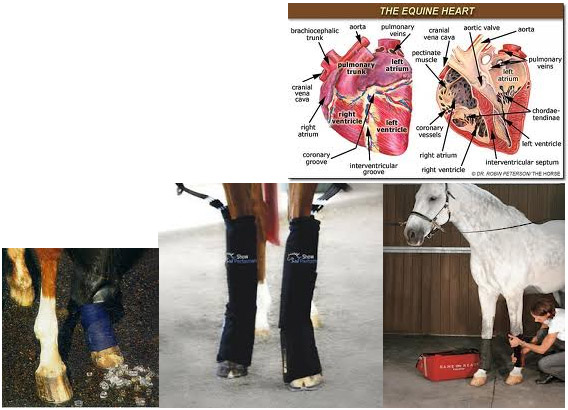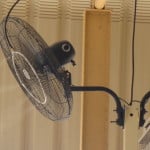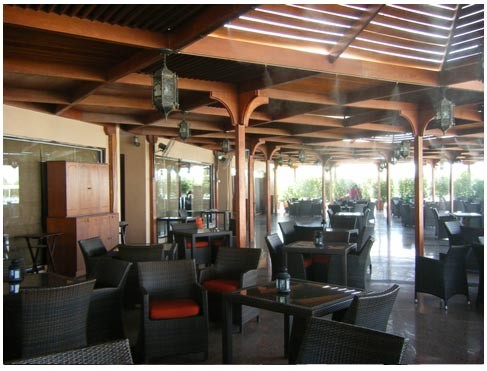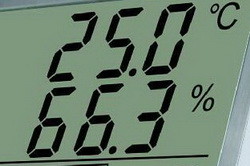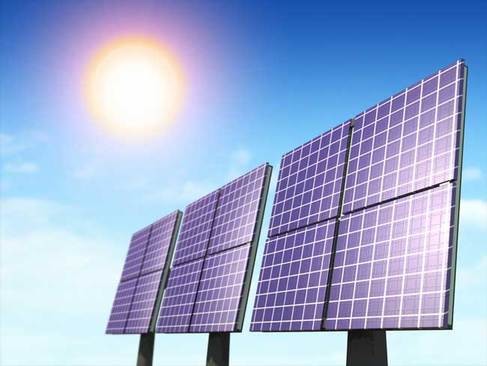Animal Cooling in Dubai UAE or Gulf countries
Hydro Equine Cooling (HEC)
No doubt that conventional air conditioning is unhealthy for horses or animal cooling in general and therefore not an option as it makes the air dry and can cause serious health issues when exposed to extreme hot/cold fluctuations. Not to mention the excessive power consumption and carbon emission.
HydroCool.co offers variety of options of Evaporative cooling and environment friendly dosing that suits the different needs of different types and requirements.
From time controlled cooling with fans or high pressure misting to advanced completely controlled Automated systems (power saving, controlling humidity and temperature, motion operated…)
Also automatic dosing available with environment friendly solutions to keep the place odor and germs free.
 Hydro Dairy Cooling (HDC)
Hydro Dairy Cooling (HDC)
Hydro Dairy misting lowers heat stress, which is crucial to optimizing cows’ productivity and profitability. When cows are heat stressed, production falls, and you lose money.HydroCool.co Misting fans can reduce the temperature more than 15 degrees cooler to your animals. When the wind of the fans is added to the evaporating mist, an even lower “effective temperature” results.
HydroCool.co Dairy Misting lowers heat stress, which has many positive benefits:
The Hydro Dairy Misting System equipment can pay for itself very quickly. For instance: Assuming a 1000 cow herd is mist cooled, and is able to produce an increase of just 3 litres of milk per day/per animal. The gross return per animal would be $astronomical. Moreover, many dairies are able to achieve as much as 6 litres of additional production per animal, which would cut the payback period in half. Our high-quality American-made “dairy misting” systems will last and provide increased profits for many years.
Hydro Advanced Dairy Misting maximizes milk production and profits
Hydro Equine Cooling Therapy:
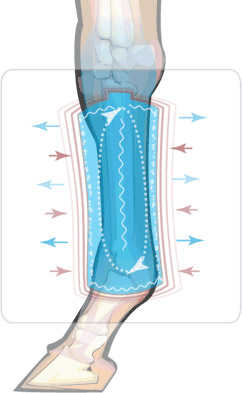
A common sight on televised sporting events is an athlete with an ice wrap on an ankle, knee, elbow or other body part. Many of us who have taken a first aid course know muscle injuries respond to R.I.C.E., rest, ice, compression and elevation. The use of ice to treat injuries is an accepted practice in the medical profession today. We all know it works, but what exactly does it do? Reduce swelling? Reduce pain? Enhance range of motion? Decrease circulation? Reduce inflammation? Yes to all of these and much more. Researchers have found cold therapy has many effects on the body, some of the mechanisms are understood while others are not. However, there is no need to delve into the physiological effects of cold therapy to know that it can be an effective treatment tool for your equine athlete. Following a few simple guidelines will allow you to treat your partner safely and effectively.
Ice is probably the most widely used product for cold therapy because it is easy to obtain. But ice presents its own problems. Wrapping hard ice cubes against an injured leg can cause sore spots from the pressure caused by the cubes. As ice melts it can slide down out of position as well as create a mess on the ground. The most effective way to apply ice is to break the cubes down into smaller pieces and wrap them in a wet towel. The wet towel will aid in the even transfer of the cold to the tissues. You can also apply a compression wrap over the towel to aid in the reduction of swelling. Remember, however, that you are dealing with ice and temperatures below freezing. Left on too long, ice can cause severe tissue damage. Ice should never be applied for longer than 30 minutes. More than one horse has suffered frostbite and/or permanent nerve damage due to the application of ice for too long a period of time.
The physical therapy field considers therapeutic cold to be 34 – 42 F. Operating in this temperature range eliminates much of the concern over tissue damage yet is cold enough to achieve the desired results. Several manufacturers today make reusable gel packs for cold therapy that operate in this temperature range. These will work just as well on your equine athlete, too. But do not confuse gel packs with reusable ice packs which freeze very hard, just like ice cubes. Generally, these gel packs remain soft and flexible out of the freezer. This enables you to wrap them around the horse’s leg tightly for uniform temperature transfer as well as providing compression to aid in the reduction of swelling. One manufacturer has incorporated gel packs in an inflatable bladder. Once the unit is zipped on the leg it is easily inflated to provide cold transfer and compression. Another useful tool is the portable cold therapy cooler which circulates water through ice to maintain constant cold. This water is then sent through cooling pads which can be wrapped around the horse’s leg. Most units have the ability to treat two legs at a time.
Cold therapy can be used three to four times a day to treat your equine athlete. However, whether you are using ice, gel packs or cold therapy units, one rule must be observed, never use cold therapy for more than 30 minutes at a time.
